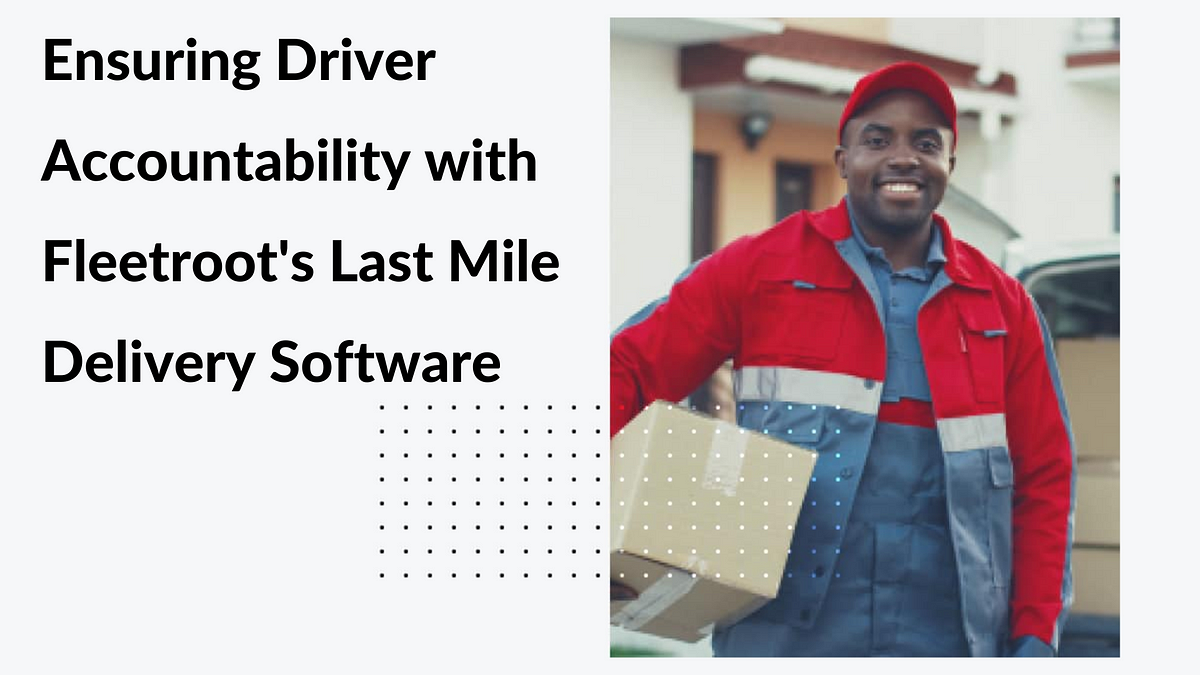Customers have grown to expect perfect and transparent delivery experiences when purchasing things online in today’s fast-paced environment. The ability to track orders in real time and receive timely alerts regarding the status of their delivery has become an important component in determining consumer happiness and loyalty. This blog article looks at how organizations may improve the customer experience by using real-time tracking and delivery alerts.
The Importance of Real-Time Tracking:
Customers may track the status of their orders in real-time from the time they are sent until they arrive at their door. This amount of transparency not only alleviates worry and uncertainty but also gives the recipient a sense of control over the delivery process. Businesses may provide a helpful tool to clients by adopting real-time tracking.
a) Greater Transparency: Real-time tracking gives clients precise and up-to-date information on the whereabouts of their products. They may see the status of their deliveries, anticipate arrival times, and, in certain situations, follow the delivery truck. Customers feel more engaged in the delivery process, which increases trust and confidence in the firm.
b) Proactive Problem Solving: With real-time tracking, organizations can quickly discover possible delivery difficulties or delays.
If a product is delayed unexpectedly, firms may contact the consumer in advance, offering information and options to guarantee a smooth resolution. Businesses may reduce customer irritation and avoid unwanted experiences by responding to issues in real-time.
The Role of Delivery Notifications:
Delivery notifications serve as a bridge of communication between businesses and customers, delivering timely information on the progress of their purchases. These messages may be delivered by email, SMS, or mobile applications, keeping consumers informed and engaged throughout the delivery process.
a) Order Confirmation: Customers love receiving an order confirmation message as soon as they place a purchase. This initial contact reassures consumers that their transaction was completed successfully and sets the tone for a great customer experience. Order data, expected delivery dates, and other pertinent information such as tracking numbers or links might be included in the message.
b) Shipment Updates: Regular updates on delivery progress are critical for keeping consumers informed. Notifications can be sent when a shipment is picked up, ready for delivery, or has been delayed. Businesses demonstrate their dedication to client pleasure and openness by providing accurate and timely information.
c) Delivery Confirmation: Once the shipment has been properly delivered, the final touchpoint is a delivery confirmation notification. It not only verifies the order’s fulfillment but also provides a chance to collect comments or provide follow-up instructions. A well-crafted delivery confirmation message assists businesses in leaving a great impression on customers, boosting the possibility of future purchases.
Advantages for Businesses:
Implementing real-time monitoring and delivery alerts not only enhances the client experience but also provides organizations with various benefits:
a) Increased customer happiness and loyalty: Businesses may increase customer happiness by delivering a clear and hassle-free delivery experience. Satisfied customers are more likely to become devoted advocates who not only make repeat purchases but also suggest the company to others. Positive word-of-mouth may have a big influence on a brand’s reputation and bring in new consumers.
b) Fewer customer support inquiries: real-time tracking and delivery alerts help minimize the number of order status-related customer support inquiries. Businesses that provide proactive updates enable consumers to access information on their own, reducing the need for help. This permits customer service representatives to devote more time to other tasks.
c) Analytics and Data Insights: Using real-time tracking and delivery alerts generates useful data and insights. Businesses may spot patterns, optimize delivery routes, and streamline operations by analyzing this data. Such insights help firms make data-driven decisions that improve supply chain efficiency, delivery speed, and customer experience.
Best Practices for Implementing Real-Time Tracking and Delivery Notifications:
Businesses should consider the following best practices to guarantee a smooth and effective adoption of real-time tracking and delivery notifications:
a) Select the Best Technology Solution: Compare several technology solutions that provide real-time tracking and delivery notification capabilities. Consider integration with current systems, scalability, dependability, and compatibility with customer communication channels. Choose a solution that is compatible with your business requirements and can provide a seamless experience for both customers and internal teams.
b) Clear and Clear Communication: Create notifications that are succinct, clear, and easy to understand. Provide essential information such as order details, tracking numbers, projected delivery timings, and any potential delays in straightforward language. Make sure the alerts are aesthetically appealing and consistent with the tone and design of your business.
c) Personalization and customization: When feasible, personalize alerts. Customers should be addressed by name, and alerts should be tailored to their preferences. Provide clients with the choice of selecting their preferred communication methods, such as email, SMS, or mobile applications. Customization gives a personal touch while also improving the overall client experience.
e) Continuous Improvement: Monitor and analyze customer feedback, delivery performance indicators, and any customer-reported concerns regularly. Use this information to find areas for improvement and make the required changes. Strive to improve the delivery experience by staying current on developing technology and industry trends.
Conclusion:
In today’s increasingly competitive e-commerce industry, improving the consumer experience through real-time tracking and delivery alerts is critical. Businesses may boost transparency, reduce consumer concern, and develop trust and loyalty by applying these solutions.
Customers are not the only ones who profit; organizations may achieve operational savings, minimize support inquiries, and obtain important data insights. Businesses must pick the correct technological solution, communicate, personalize messages, and handle difficulties to successfully adopt real-time tracking and delivery notifications.
Get a FREE Trial of delivery software
.png)
.png)

